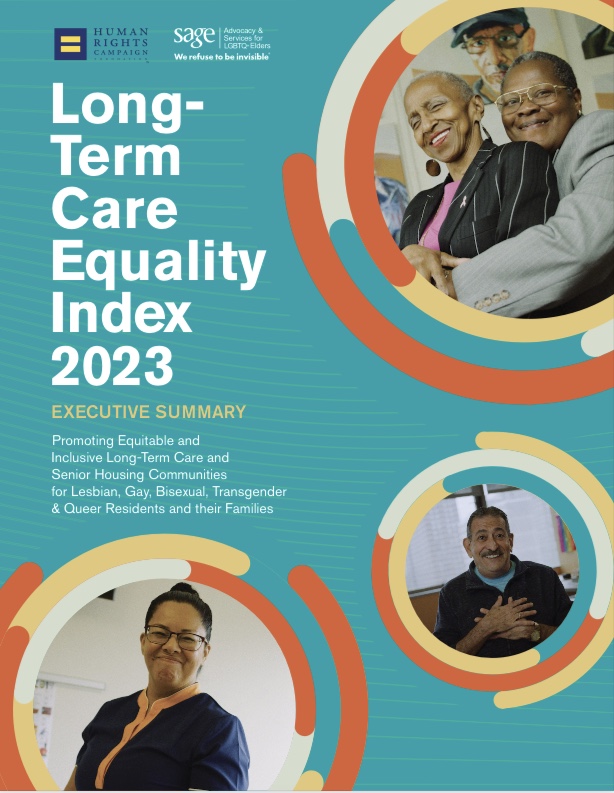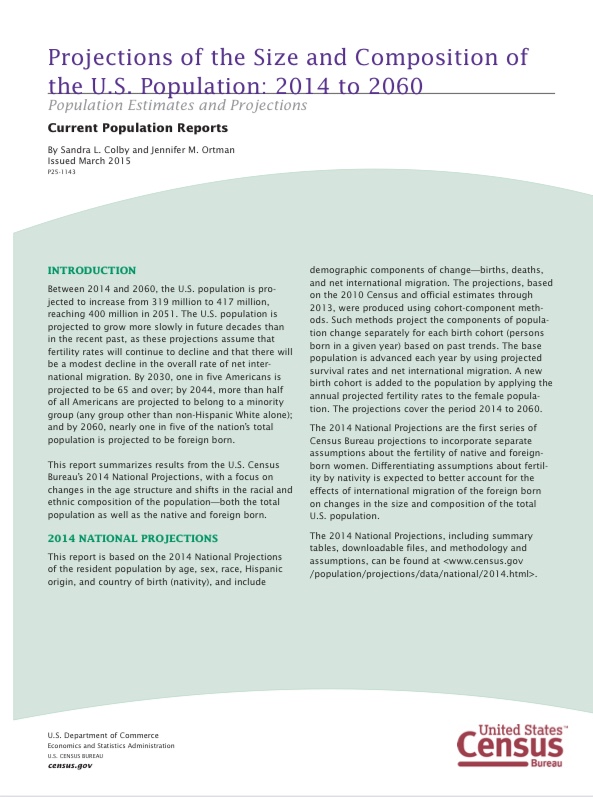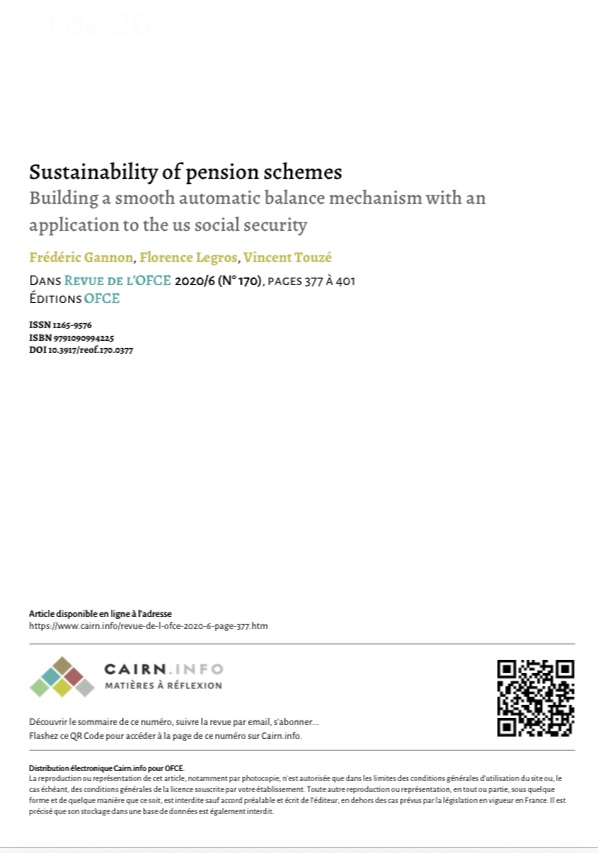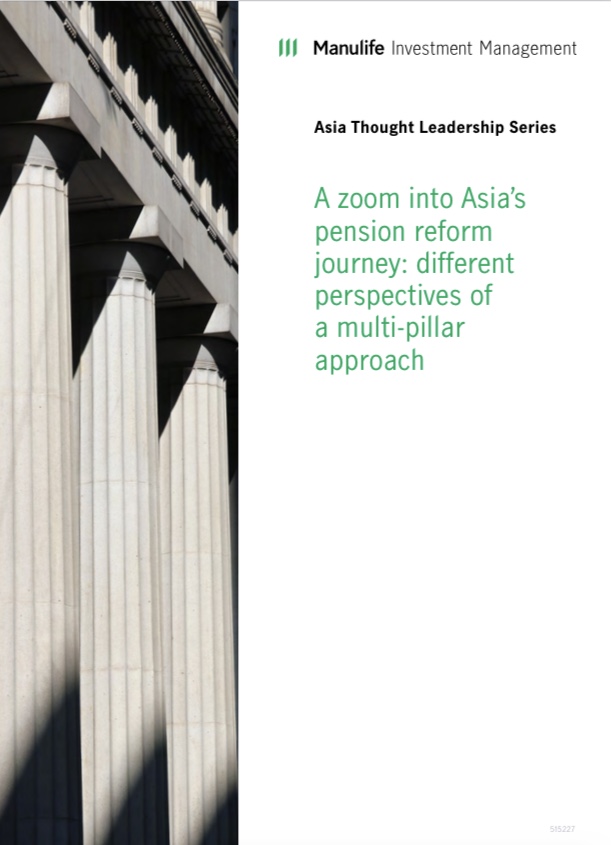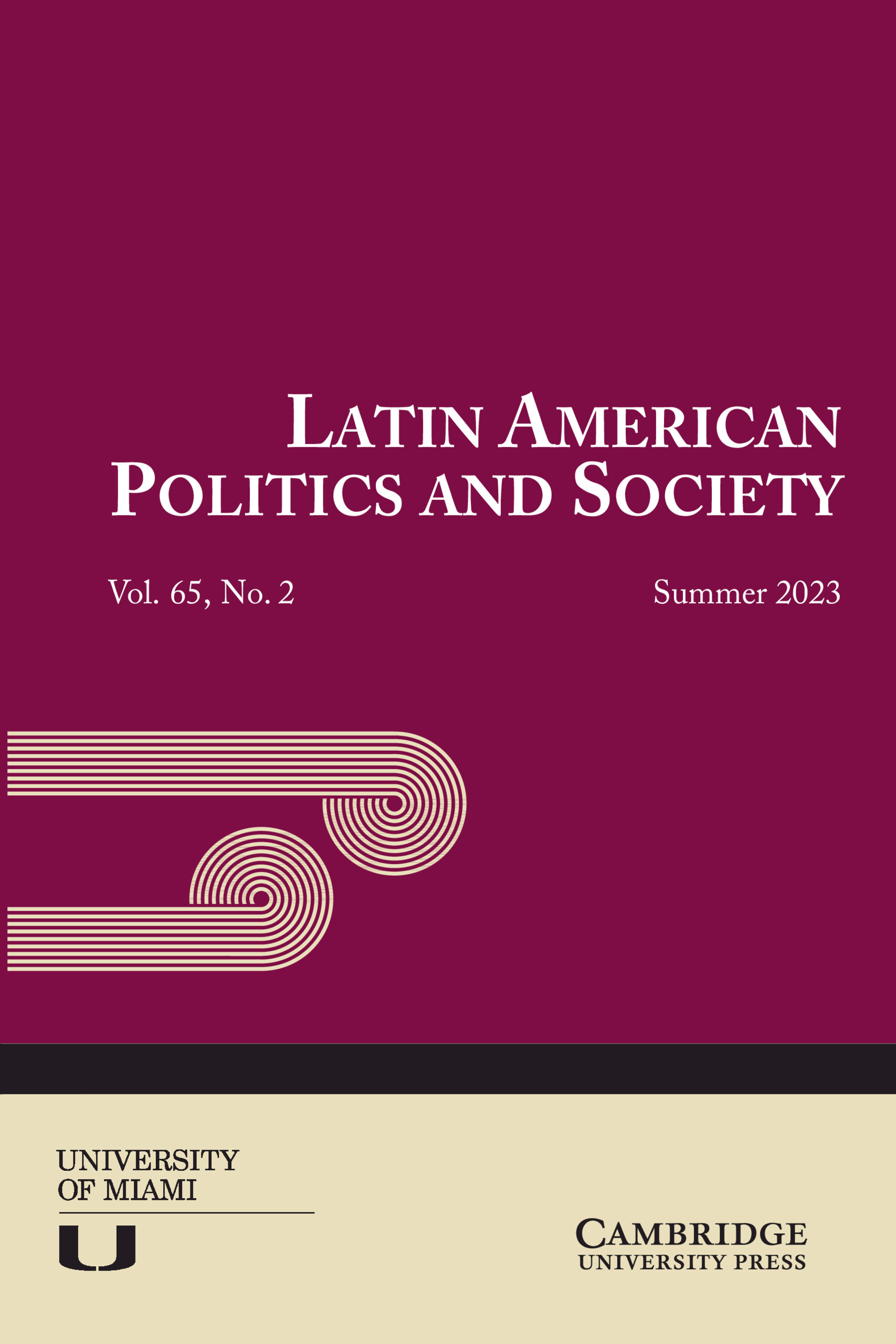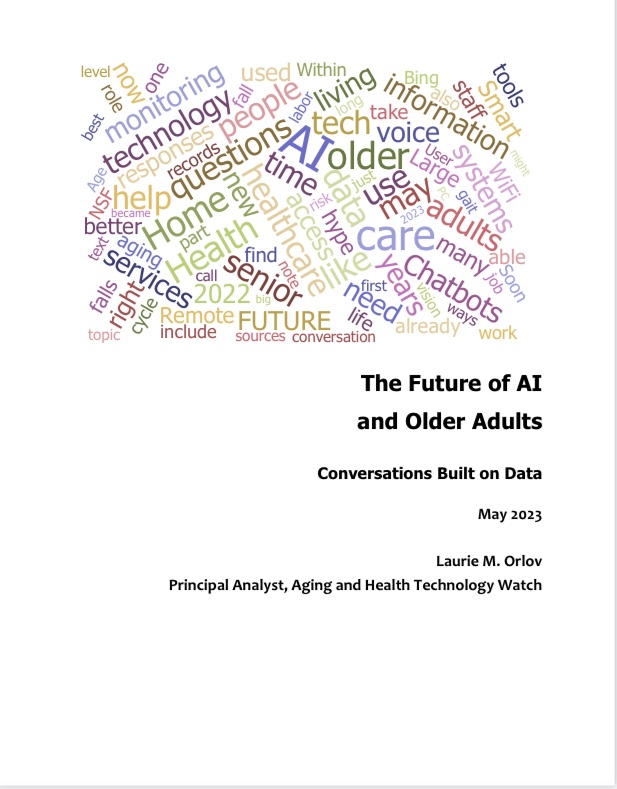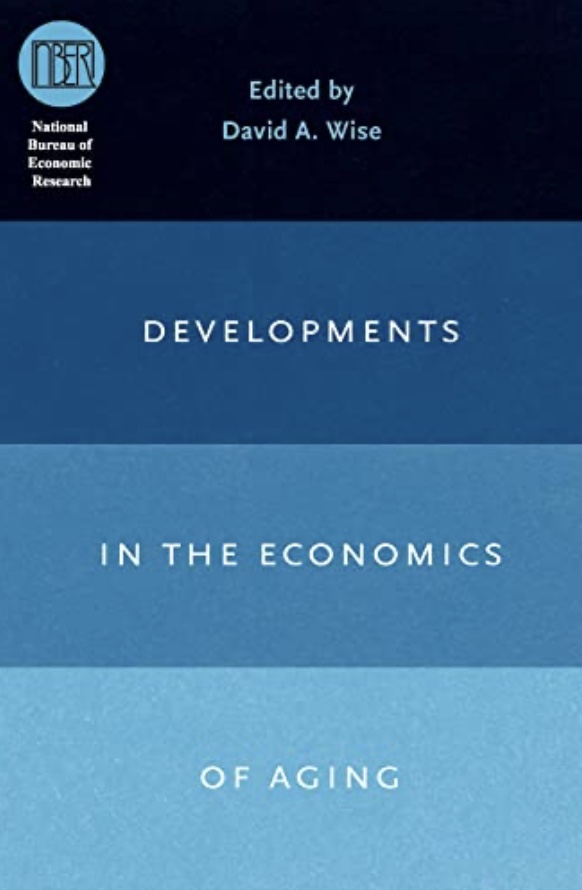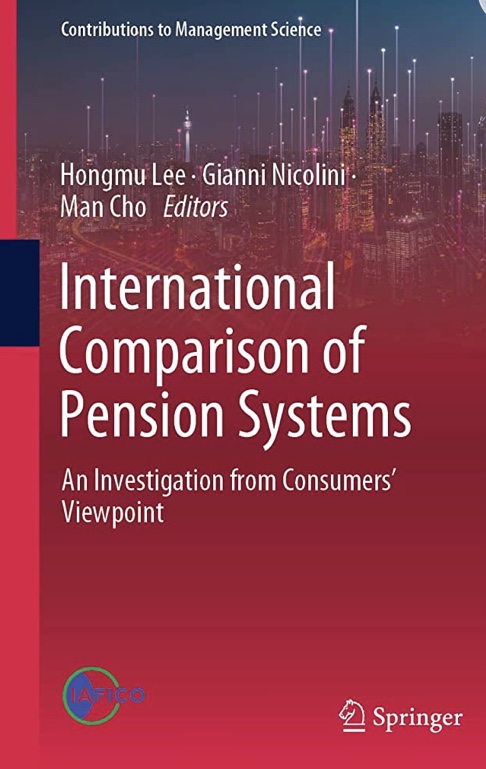Long-Term Care Equality Index 2023
By Kelley Robinson & Michael Adams The Long-Term Care Equality Index (LEI) is a program of SAGE and the Human Rights Campaign Foundation (HRCF). The goal of the LEI is to create a network of LTCCs across the country that are providing a welcoming home for older LGBTQ+ people. The Long-Term Care Equality Index 2023 represents the first validated survey on LGBTQ+ inclusion in long-term care and senior housing communities. The Human Rights Campaign Foundation and SAGE are excited to present...

